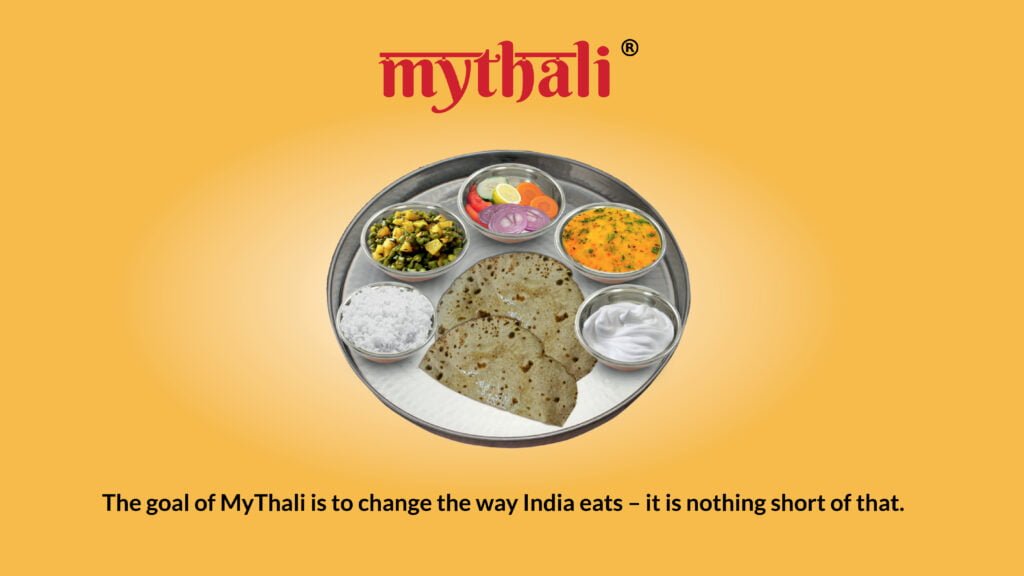Struggling to hold myself in one place, I tried making conversation with my yoga teacher. I had recently baked a banana cake and wanted to know if her 2-year-old daughter would like one slice. She politely declined to say that she doesn’t ‘expose’ her daughter to sweets that contain sugar or any form of sweeteners
Who knew this light-hearted conversation could take me back to my childhood? Growing up, I had limited access to fast food and soft drinks courtesy of my mother. I remember we had a “no cold drink” policy in our house and barely ate out. And while it didn’t bother me, I often used to envy my friends who could get jam sandwiches and noodles in their tiffins.
It was not until college that I realised how much food could impact one’s mood. Being a “healthy kid” all my life, getting diagnosed with PCOS (Polycystic Ovarian Syndrome) was the biggest shock in my life. Many of my friends had PCOS, but for me, I felt betrayed by my body and what came next. No dairy, no sugar, and no maida were the new additions to my no cold drink policy, as for my mom she didn’t understand where did she go wrong.

PCOS and insulin resistance are common lifestyle disorders that affect every 1 in 5 women in India. Reason?
Lack of awareness about healthy-nutritious food, increasing mental health issues, absence of work-life balance and easier access to fast food. Thus, increasing the chances of type- 2 diabetes for many young girls and women before they reach the age of 40.
While PCOS has been the leading cause of diabetes in women, diabetes has become a generational disorder that haunts every household irrespective of men or women. According to the Centre for Chronic Disease Control (CCDC), 77 million Indians are affected by the condition of diabetes and this will just increase to 134 million by 2045. The underlying reason for this epidemic is a low-quality lifestyle, lack of physical activity and increasing obesity.
Also read: PCOS And Eating Disorders: The Relationship With Food Is Complicated For People With PCOS
Get Fit in 30 days: The false promises of toxic FAD diets
As young kids, we all have been exposed to fake bodies and beauty standards, which look at weight gain as negative, especially for women. As a result, many dietary companies and doctors have come up with diet plans and diet charts which promise a slim body to women.
Ankita* was in 9th standard when she got diagnosed with insulin resistance and doctors told her to lose weight to be healthy. Thus, started her journey of having a very difficult relationship with food. Despite taking a number of diets which consisted of no dairy, no sugar and no gluten, she was unable to lose weight and additionally started developing problems like fatigue, nausea, and irritability.

By the time she came to college, she had developed an eating disorder along with an anxiety disorder. Eating disorders are popularly more common in women than in men due to internalised body shaming and obsession over slim figures. This obsession can lead to Bulima Nervosa.
According to an article by Mayo Clinic, “Bulimia Nervosa, commonly called bulimia, is a serious, potentially life-threatening eating disorder.” Further “People with bulimia may secretly binge — eating large amounts of food with a loss of control over the eating — and then purge, trying to get rid of the extra calories in an unhealthy way.” As a result, many young girls and women develop an unhealthy relationship with food and therefore are not able to attain minimum nutritional standards.
With an increase in mental health disorders and toxic work culture, young adults often resort get thin quicker strategies rather than focusing on their overall well-being. Thus, gym culture has become increasingly prominent in most metropolitan cities which only contributes to substance abuse and body dysmorphia, especially among young boys.
Diabetes is no longer the problem of urban affluent
Diabetes is more common in urban areas compared to rural, however, lack of information and improper healthcare within rural India increases the risk within that sphere.
According to research by the National Library of Medicine, type 2 diabetes is quite prominent in villages of Karnataka with most of the people having little to no knowledge about the disease.

The same research claims that the underlying reason for this is the lack of proper communication between doctors and patients as well as some external factors like government ration stores, availability of more packaged foods and increase in production of cash crops instead of staple crops.
Within this, the government ration shops are responsible for providing foods that can help attain the minimum nutritional standards for each person. However, as Chanamma a local villager says,
“Sometimes there isn’t enough food for us and we get less than our quota. And many times we get enough quantity but grains are of poor quality. Even then we still go every month, because we need the food and it is cheap and everyone uses the scheme.”
Also read: Infographic: Women And Diabetes Healthcare
While in the case of farmers, they often resort to growing cash crops which could help them buy rations to feed their families. Therefore, lack of nutrition and increasing prices make young adolescents prey to malnutrition and more susceptible to these diseases.
How to curb these problems?
It is clear that the prevalence of diseases such as Diabetes does not solely depend on one’s body weight. The start of a healthy journey begins by adopting a healthy lifestyle: a balanced diet, exercising regularly and good quality sleep (7-8 hours).
Arogya world is a US-based global non-profit organization working to prevent non-communicable diseases (NCDs) through health education and lifestyle change. They have launched an initiative called MyThali, inspired by the US MyPlate approach, and translated India’s National Institute of Nutrition (NIN) guidelines into an easy-to-follow picture.

Through this initiative, they aim to promote a healthy and balanced diet amongst the urban and rural populations. They have also introduced several campaigns like HealthyWaliDiwali through which they aim to encourage healthy eating with Poshan (nutrition) and Portion (quantity) control.
MyThali has also introduced its booklet with meal plans that cater to all and can be easily followed without compromising on one’s favourite dishes. Further, they have launched a rural MyThali comic booklet to raise awareness among adolescents on the importance of healthy eating habits and foods that can boost immunity and protect them from non-communicable diseases like diabetes.

To learn more about MyThali and to access their booklet, please click the link below.
Editor’s Note: This article is part of a collaboration with Arogya World To know more about the brand, you may take a look at their work on Instagram, Twitter, and Facebook. You can also make donations for their initiative here.
About the author(s)
Vedika is an intersectional feminist who uses cinema and everyday experiences to talk about issues rooted in the vernacular. She loves to bake and travel around the country to explore different cultures and write down people’s stories. Vedika hopes to get an opportunity to cover such stories around the world. She is also a romantic who loves to read poems, personal essays and won’t mind vibing to slow songs




